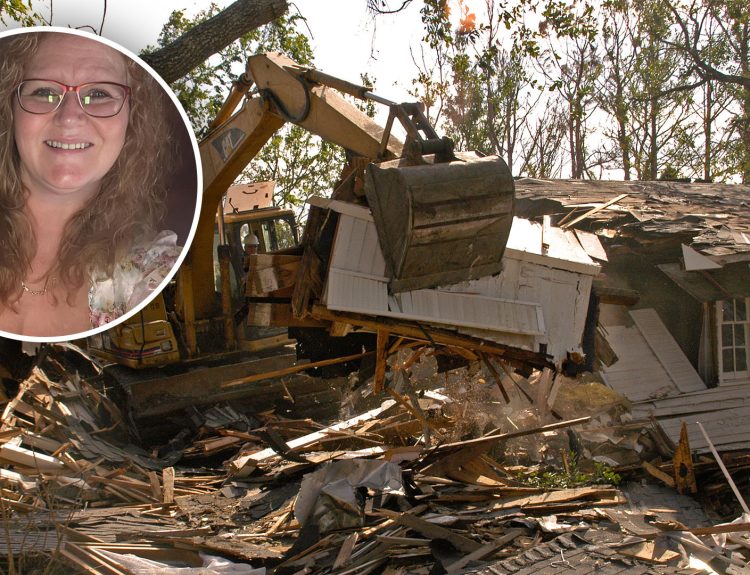Governor Newsom’s plan to address California’s homelessness crisis with tiny home villages has met resistance from local governments concerned about zoning laws and neighborhood resistance. Though some cities have successfully used tiny homes to provide transitional housing, Newsom’s proposal to build thousands of small dwellings has run into roadblocks as officials clash over the best solutions.
With homelessness rising statewide, the governor is pushing cities to take bold action, but many are hesitant to embrace tiny homes as the answer. This article explores the debates around tiny home villages and Newsom’s challenges in making his vision a reality.
Newsom’s Plan to Tackle California’s Homelessness Crisis
In March 2023, Governor Gavin Newsom pledged to provide temporary housing for California’s homeless population by building 200 prefabricated tiny homes in San Jose at no cost to taxpayers. However, less than a year later, Newsom’s administration withdrew direct funding for tiny home construction, instead providing $12.7 million to the city of San Jose to build the homes.
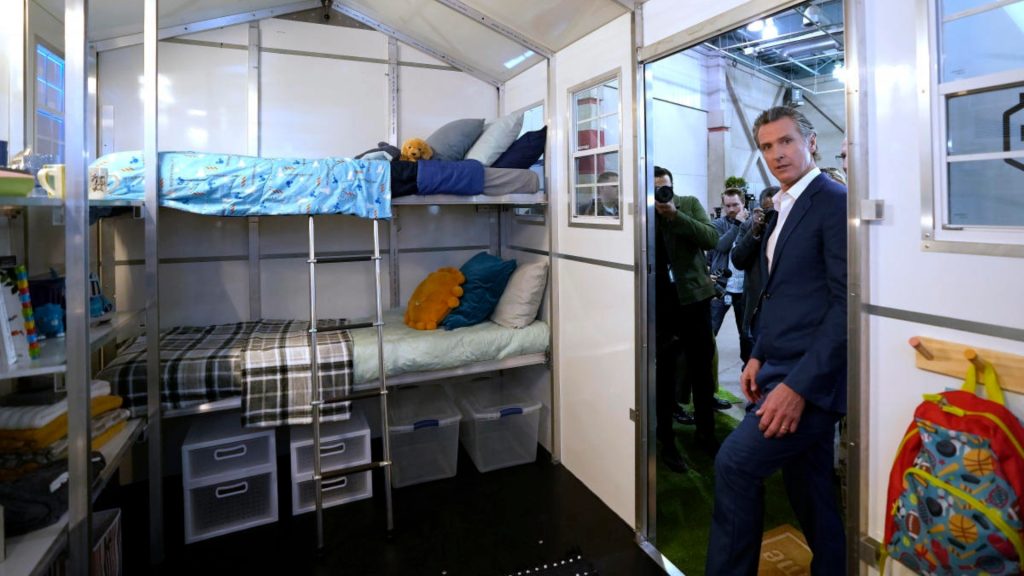
Newsom launched this program in an attempt to address California’s vast homelessness crisis, with over 115,000 people living on the streets or in unsuitable housing. The tiny homes were intended to provide temporary shelter for people awaiting permanent housing.
Funding Challenges for Cities
Rather than directly providing tiny homes as promised, Newsom’s administration gives a fraction of the funds to cities, allowing them flexibility in developing solutions. While San Jose Mayor Matt Mahan expressed gratitude for the governor’s support, the $12.7 million is insufficient to fund the project, which requires $5-10 million to lease land and $26 million annually for operations and maintenance.
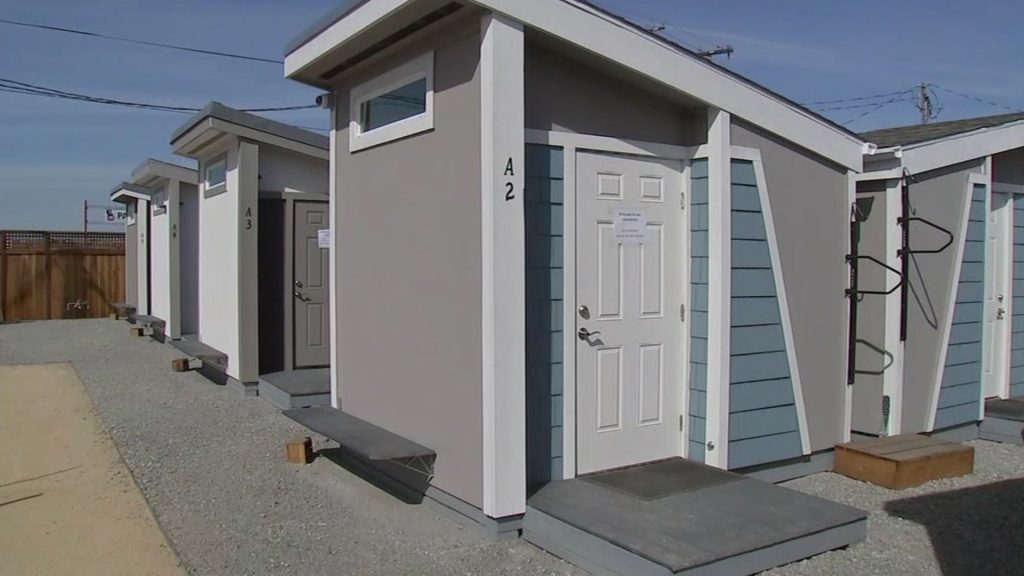
Newsom’s administration claims the funding provides cities capacity to help those in need. Though well-intentioned, the plan to build tiny homes has faced roadblocks in implementation and funding. While some see the homes as an ethical solution to homelessness, their effectiveness depends on integration with support services and community backing.
Where Has Tiny Homes for the Homeless Been Implemented?
In recent years, tiny homes have become an increasingly popular solution for housing homeless populations in California. Several cities in the state have implemented tiny home villages and communities to provide temporary housing for those experiencing homelessness.
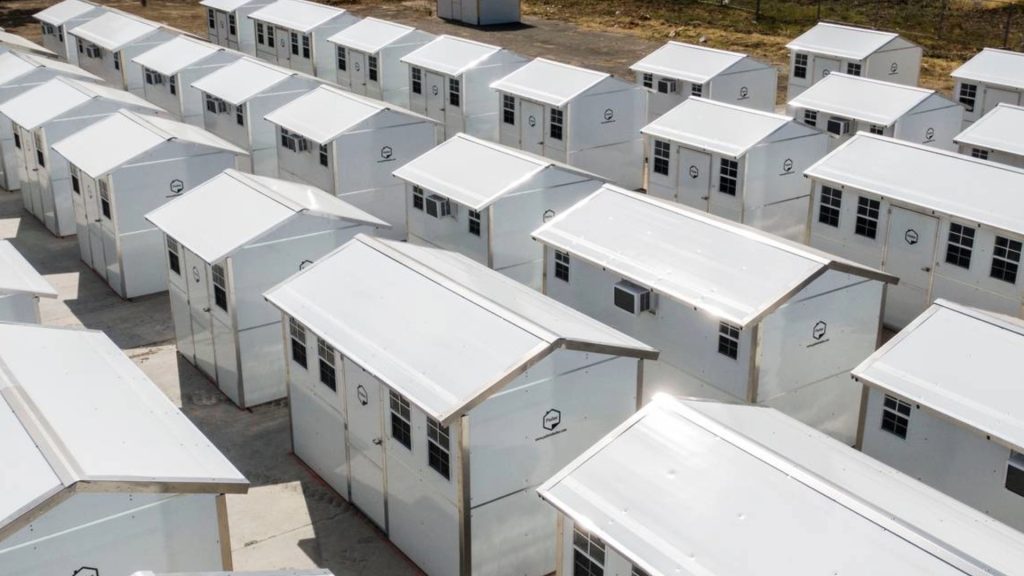
Los Angeles, one of the country’s largest homeless populations, was selected to receive 500 tiny homes as part of Newsom’s 2023 program. The cities of Sacramento and San Diego were also chosen to participate in Newsom’s tiny home program, with Sacramento set to receive 350 homes and San Diego 150 homes.
Challenges Facing Newsom’s Tiny Homes Plan
Some critics argue that tiny homes are not a viable long-term solution for homelessness and will not provide facilities and services for extended stays. There are also concerns about the high costs of operating and maintaining the units, which San Jose currently estimates at $26,000 per unit per year.
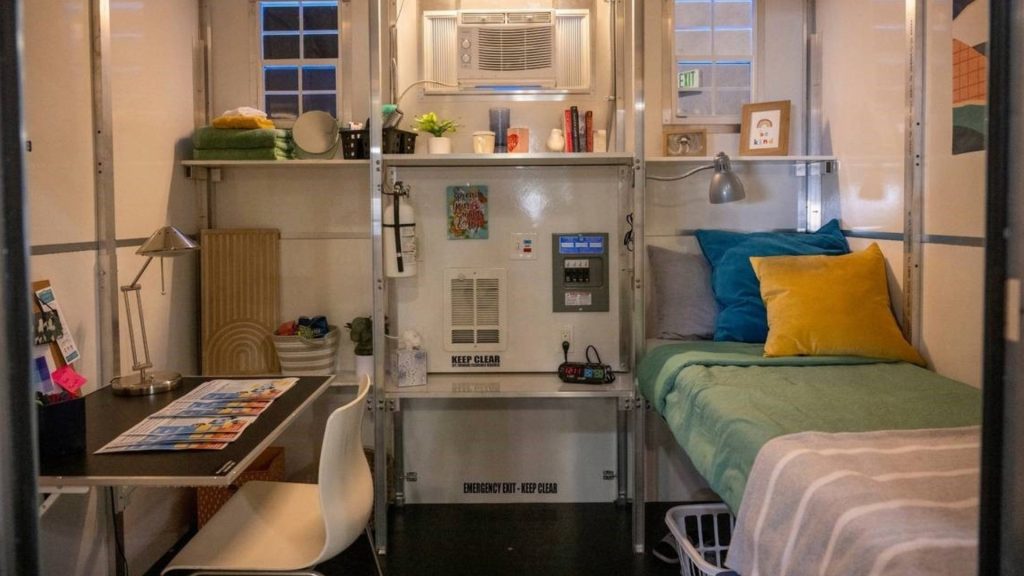
Securing funding, permits, and a suitable site for the homes can be challenging, as San Jose’s experience illustrates. While tiny homes have become popular in California, their viability as a solution to chronic homelessness remains uncertain.
NIMBYism and Local Opposition to Tiny Home Villages
The opposition to tiny home villages often stems from financial concerns regarding their long-term viability and maintenance costs. City officials say San Jose pays about $26,000 per interim housing unit annually. For the existing network of 1,028 units, the city is paying $26.7 million.

Some critics argue that tiny homes do not provide adequate facilities and support services for long-term housing solutions. They see the homes as temporary fixes that fail to address the root causes of homelessness. While some see tiny homes as a viable solution, they are not a solution to an increasing problem.
Balancing Interim Solutions And Long-Term Housing
While tiny homes provide interim shelter and housing for the unhoused, more permanent affordable housing solutions are still needed. Some argue that resources would be better spent addressing the shortage of affordable housing through increasing housing supply and subsidies.
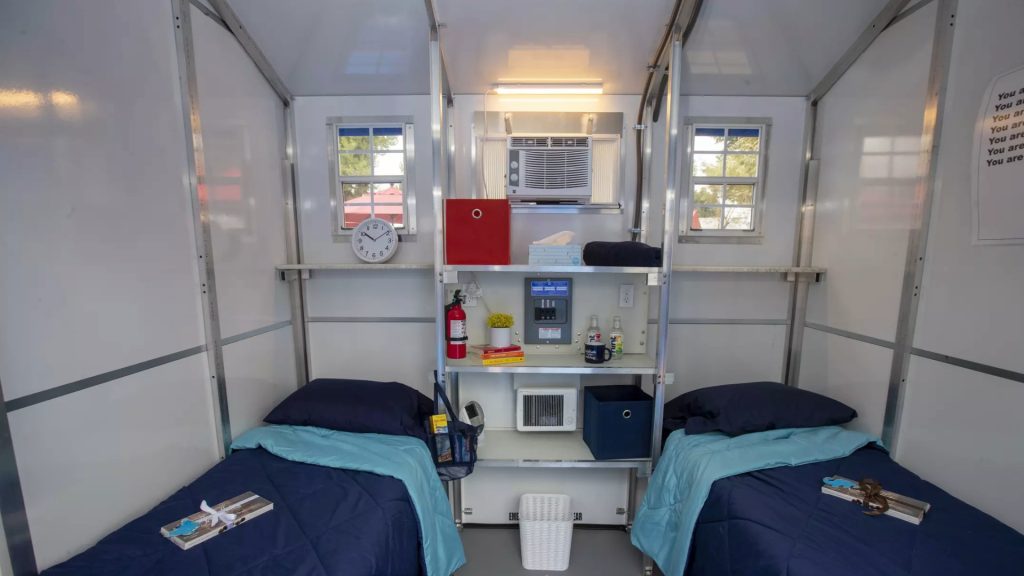
Tiny home villages are a step towards providing shelter and stability for those in need. However, policymakers and communities must work together to develop longer-term solutions by increasing access to permanent affordable housing, healthcare, education and jobs.
Do Tiny Homes Help the Homeless?
Some critics argue that tiny homes do not provide a viable long-term solution for homelessness because they lack facilities and on-site services suitable for long-term living. The homes are intended to serve as temporary shelter for a few months, but some homeless individuals may require support for years.
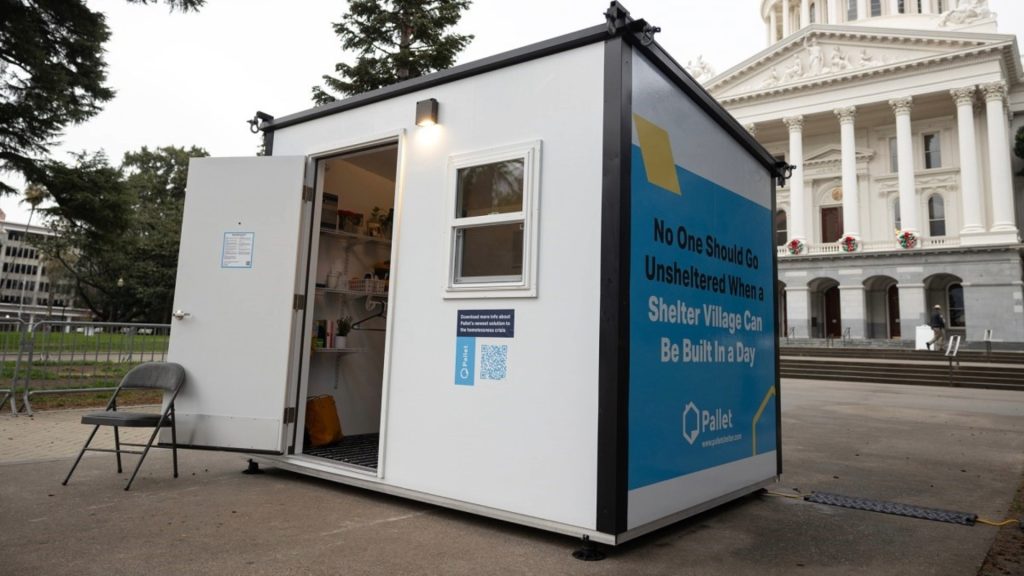
However, proponents counter that tiny homes can be an ethical temporary solution to address homeless encampments and provide shelter while homeless individuals await permanent housing. When implemented effectively and with community support and additional social services, tiny homes may help combat homelessness. The success of tiny homes depends on their role as a temporary solution, not a permanent fix.
Looking at Alternative Solutions: Permanent Supportive Housing
Permanent supportive housing provides affordable housing and intensive support services for chronically unhoused individuals with complex health conditions. This solution addresses the root causes of homelessness by providing stable housing and connecting residents with resources to improve health, increase income, and gain greater self-sufficiency.
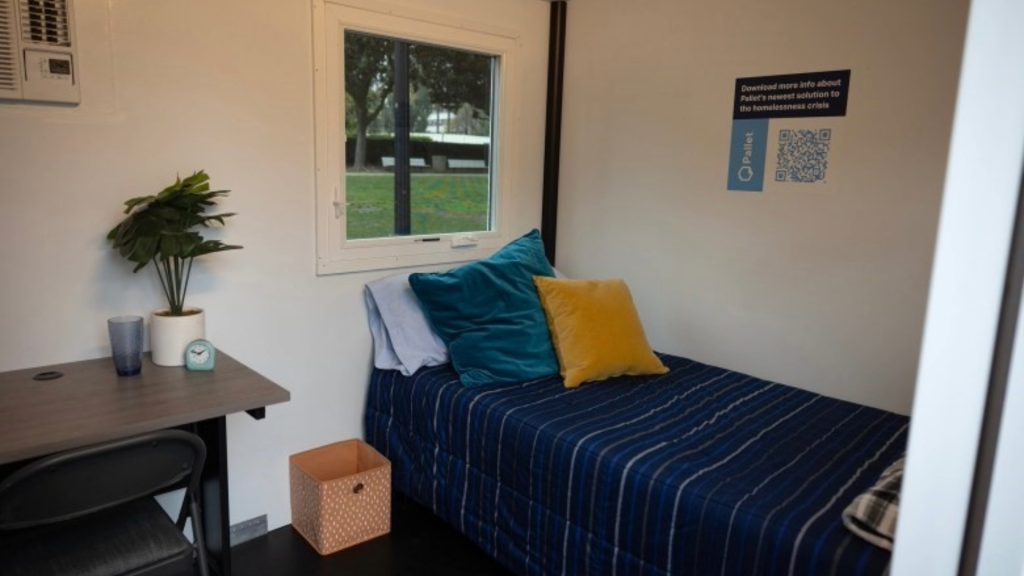
Permanent supportive housing also has additional benefits for both residents and the surrounding community. For residents, stable housing and access to healthcare and social services can help improve health outcomes, increase income and benefits, and gain greater independence.
Next Steps for the Tiny Homes Initiative in California
With the shift in approach from the Newsom administration, cities selected for the Tiny Homes Initiative, like San Jose, must determine the next steps to continue progress on this crucial program to combat homelessness. Securing funding and navigating regulations will be key challenges going forward.

Local governments will need to find ways to fund the operating and maintenance costs of tiny home sites, estimated to be at least $26 million for San Jose. The $12.7 million the state provides is insufficient to fully fund the initiative.
A Good Initiative With Lots of Bumps on The Road
While Governor Newsom’s plan to build tiny home villages for the homeless has noble intentions, it has faced several roadblocks at the local level. Some communities oppose tiny home projects due to crime, property values, and neighborhood character concerns.
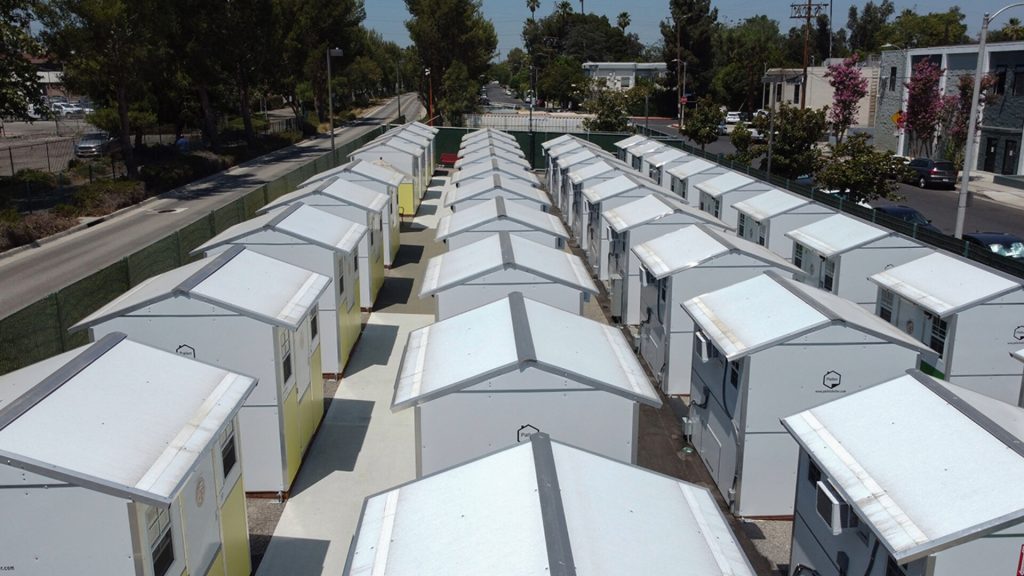
However, homelessness remains a critical issue across California, and creative solutions like tiny homes deserve an open-minded assessment. The state must work closely with local governments and neighborhoods to find common ground. With constructive dialogue and a spirit of compromise, California can make progress on this complex challenge in a way that benefits the homeless while respecting local needs.




